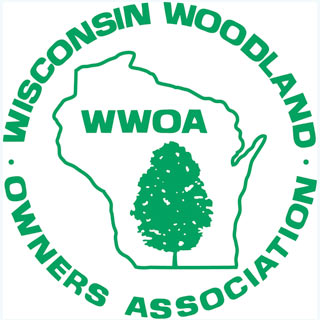May 19, 2017
While we in the forestry community have been discussing the proposed state budget provision which eliminates the collection of the Forestry Mill Tax and instead will use General Purpose Revenue to fund the Forestry Fund for this budget cycle – the Governor and some legislators have been broadcasting their message of eliminating Wisconsin’s Property Tax.
However, they never tell you why we have a very small Wisconsin Property Tax or how these funds are used. Top 10 things you need to know about the Wisconsin Property Tax:
- The Wisconsin Property Tax IS the Forestry Mill Tax.
- It is assessed at 0.167 mills per $1,000 of property value. An average $150,000 Wisconsin property pays $25.05/year or about the cost of a couple of Friday night fish fries without drinks.
- The WI Property Tax was created by a Constitutional Amendment by citizens during the time when Wisconsin’s forests were decimated at the turn of the 20th century. It is because of this fund that Wisconsin has beautiful and productive forests. Forests take decades to grow – by enacting the Forestry Mill Tax in 1930, citizens of long ago made an investment in the forests of today. If this long-term source of revenue is eliminated, what are we giving to our next generation?
- The Forest Industry is the #2 largest contributor to the State’s economy. If this revenue is eliminated – will the domino effect occur? Loss of forest industry, loss of jobs, loss of income, loss of family homes, declining property values, …
- The WI Property Tax grows Wisconsin by aiding Wisconsin’s most urban areas – 12% of the fund must be spent in SE Wisconsin for urban forestry efforts to keep city trees healthy, care for Wisconsin’s southern State Forests, and tree planting.
- The WI Property Tax grows rural areas of the state by providing jobs through forest industry and tourism and by providing fire protection in rural and semi-rural areas.
- The Wisconsin Property Tax aids Wisconsin’s counties through the County Forest program to provide foresters, loans to counties for land acquisition and capital development projects.
- The Wisconsin Property Tax assists Wisconsin’s 350,000 private woodland owners with sustainable forestry management advice and cost sharing.
- The Wisconsin Property Tax provides forestry education for Wisconsin’s school children.
- The Wisconsin Property Tax provides significant payments on Wisconsin’s Stewardship Debt through the Knowles -Nelson Stewardship Program which provides lands for public recreation and conservation of natural resources.
